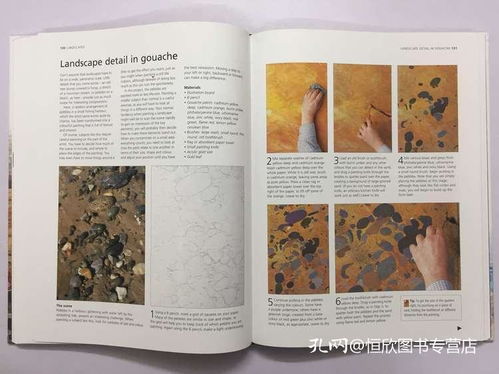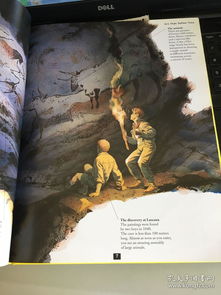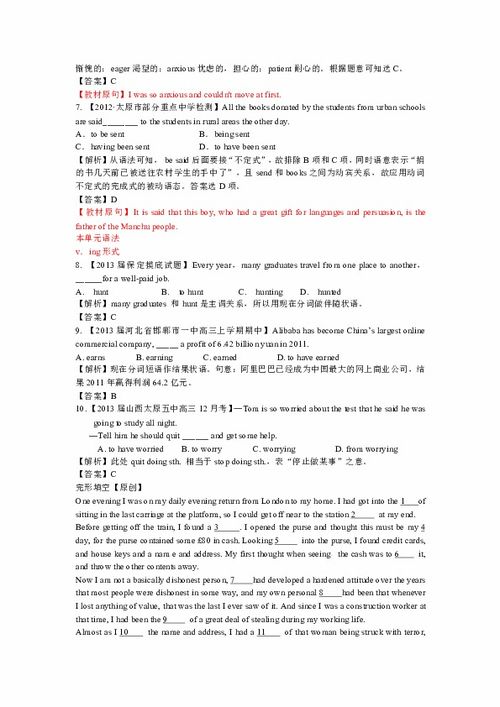Content:
In the world of angling, the art of combining different baits to attract fish is a skill that separates the hobbyists from the seasoned professionals. One such technique that has gained popularity among anglers is "doodling," which involves the strategic use of multiple baits to entice a variety of fish species. This article delves into the intricacies of doodling and how to effectively combine钓鱼技巧 to maximize your chances of a successful catch.
Understanding Doodling
Doodling is a method that involves using two or more baits on a single hook to mimic the natural behavior of fish. The idea is to present a more realistic and appetizing offering that can attract different types of fish, especially those that are fussy feeders. By combining baits, anglers can cover more ground, target multiple species, and increase the likelihood of a bite.
Choosing the Right Baits
The first step in mastering the art of doodling is selecting the right baits. Here are some combinations that have proven to be effective:
Live Bait and Artificial Lure: Combining a live bait like a worm or a minnow with an artificial lure such as a spinner or a grub can be highly effective. The live bait provides the scent and movement, while the lure adds color and vibration to the presentation.
Soft Plastic and Jig: A soft plastic worm or lizard paired with a jig head can be a deadly combination. The soft plastic gives off a lifelike action, while the jig head adds weight and allows for deeper presentations.
Live Bait and Grub: This combination is great for targeting species that are known to feed on both live and artificial baits. A small grub or worm can be threaded onto the hook alongside a live bait like a small fish or crayfish.
Two Soft Plastics: Using two soft plastics on a single hook can mimic the school of fish or the behavior of multiple prey. This technique is particularly effective for species like bass or pike.
Combining Baits Strategically
Once you've chosen your baits, the next step is to combine them strategically. Here are some tips:
Size and Weight: Ensure that the baits are balanced in size and weight. For example, a large grub and a small worm might be a good combination for bass.
Color and Pattern: Mix and match colors and patterns to create a more dynamic presentation. Some fish are more attracted to certain colors or patterns than others.

Positioning: Decide where you want each bait to be. For instance, you might want the live bait to be closer to the hook for scent and the lure to be further away for movement.
Action: The way you move the combined baits can make a big difference. For example, a slow and steady retrieve with a live bait and a twitchy motion with the lure can be very effective.
Mastering the Presentation
The way you present your combined baits is crucial. Here are some presentation techniques to consider:
Jigging: With a grub and a jig head, you can create a pulsating action that can attract the attention of fish.
Trolling: When using live bait and a lure, trolling can cover a lot of water and increase your chances of encountering fish.
Still Fishing: Sometimes, the best approach is to simply cast out and let the baits sit still. This can be effective for species that are bottom feeders.
Safety and Ethical Considerations
When doodling, it's important to practice safety and ethical fishing. Here are some tips:
Hook Selection: Use a strong, sharp hook that can handle the combined weight of the baits.
Fish Welfare: Ensure that you handle fish with care, especially when removing the hook.
Environmental Responsibility: Be mindful of the environment and practice catch-and-release where possible.
In conclusion, mastering the art of doodling and combining钓鱼技巧 can significantly enhance your angling experience. By understanding the principles behind this technique, choosing the right baits, and mastering the presentation, you can increase your chances of hooking into a variety of fish species. So, get out there, experiment with different combinations, and enjoy the thrill of the catch!












